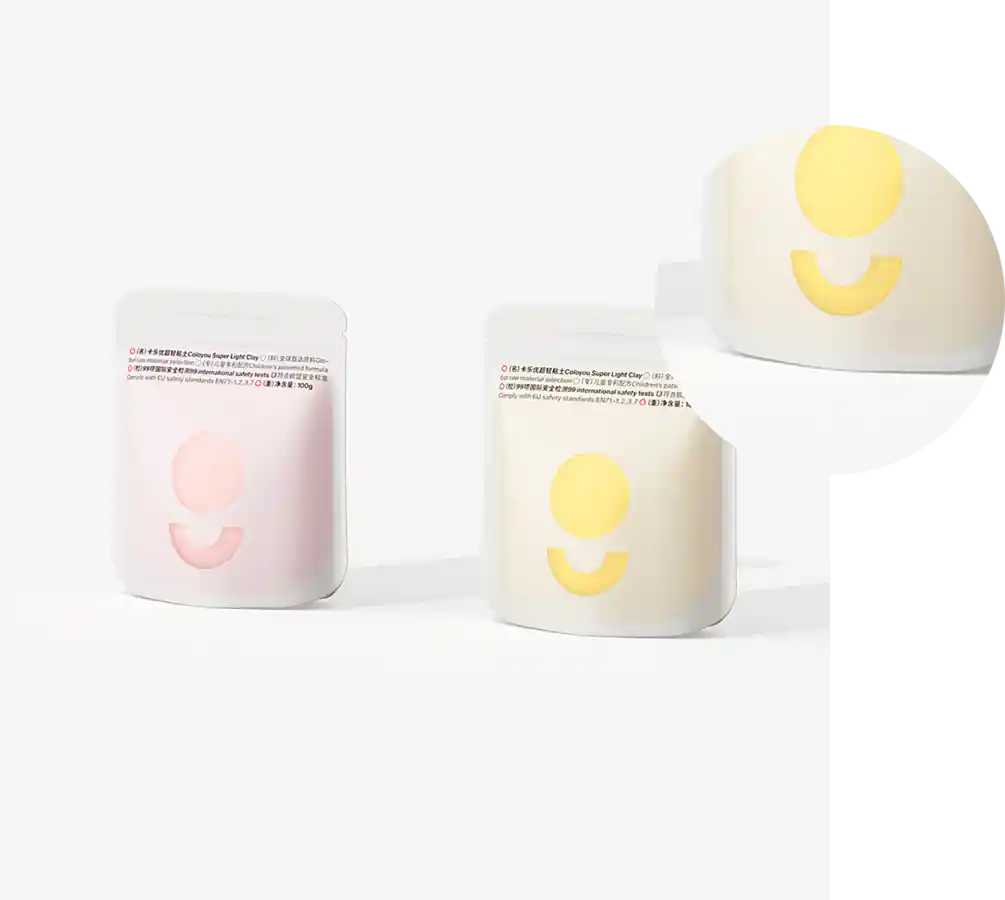- Afrikaans
- Albanian
- Amharic
- Arabic
- Armenian
- Azerbaijani
- Basque
- Belarusian
- Bengali
- Bosnian
- Bulgarian
- Catalan
- Cebuano
- chinese_simplified
- chinese_traditional
- Corsican
- Croatian
- Czech
- Danish
- Dutch
- English
- Esperanto
- Estonian
- Finnish
- French
- Frisian
- Galician
- Georgian
- German
- Greek
- Gujarati
- haitian_creole
- hausa
- hawaiian
- Hebrew
- Hindi
- Miao
- Hungarian
- Icelandic
- igbo
- Indonesian
- irish
- Italian
- Japanese
- Javanese
- Kannada
- kazakh
- Khmer
- Rwandese
- Korean
- Kurdish
- Kyrgyz
- Lao
- Latin
- Latvian
- Lithuanian
- Luxembourgish
- Macedonian
- Malgashi
- Malay
- Malayalam
- Maltese
- Maori
- Marathi
- Mongolian
- Myanmar
- Nepali
- Norwegian
- Norwegian
- Occitan
- Pashto
- Persian
- Polish
- Portuguese
- Punjabi
- Romanian
- Russian
- Samoan
- scottish-gaelic
- Serbian
- Sesotho
- Shona
- Sindhi
- Sinhala
- Slovak
- Slovenian
- Somali
- Spanish
- Sundanese
- Swahili
- Swedish
- Tagalog
- Tajik
- Tamil
- Tatar
- Telugu
- Thai
- Turkish
- Turkmen
- Ukrainian
- Urdu
- Uighur
- Uzbek
- Vietnamese
- Welsh
- Bantu
- Yiddish
- Yoruba
- Zulu
A Comprehensive Guide to Plastic Material Density for Various Applications
Understanding Plastic Material Density A Comprehensive Overview
Plastics are among the most versatile materials in modern manufacturing, used across a vast array of industries, from automotive to packaging and beyond. One of the crucial properties of plastic materials that engineers and designers must consider is density. The density of a plastic not only affects its suitability for various applications but also influences factors such as strength, durability, and weight. This article delves into the significance of plastic material density, offering insights into various types of plastics and their typical density ranges.
What is Density?
Density is defined as mass per unit volume, commonly expressed in grams per cubic centimeter (g/cm³) or kilograms per cubic meter (kg/m³). Understanding the density of a material helps in determining its weight for a given volume, which is critical when designing products that require specific weight attributes. For plastic materials, density can significantly influence performance characteristics, cost-effectiveness, and compliance with regulatory standards.
Types of Plastic Materials and Their Densities
There are numerous types of plastic materials, each with unique properties and densities. Here are some common categories
1. Polyethylene (PE) One of the most widely used plastics, polyethylene comes in several forms, including low-density (LDPE) and high-density (HDPE). LDPE typically has a density ranging from 0.91 to 0.93 g/cm³, while HDPE ranges from 0.94 to 0.97 g/cm³. These variations affect their applications, with LDPE being more flexible, ideal for applications like plastic bags, and HDPE being more rigid and used in containers and bottles.
2. Polypropylene (PP) With a density of around 0.90 to 0.91 g/cm³, polypropylene is known for its excellent chemical resistance and fatigue resistance. It is commonly used in automotive parts, textiles, and packaging.
plastic material density chart

3. Polystyrene (PS) This plastic has a density ranging from 1.04 to 1.06 g/cm³ and is known for its rigidity. It is often used for disposable cutlery, plastic models, and insulation materials.
4. Polyvinyl Chloride (PVC) PVC is a highly versatile plastic with a density of approximately 1.30 to 1.45 g/cm³. It is widely used in construction for pipes and fittings, as well as in the manufacturing of medical devices and clothing.
5. Acrylonitrile Butadiene Styrene (ABS) Known for its strength and toughness, ABS has a density between 1.04 and 1.08 g/cm³. It is commonly used in consumer goods like toys, safety helmets, and appliances.
6. Polycarbonate (PC) With a density of about 1.20 to 1.22 g/cm³, polycarbonate is known for its high impact resistance and optical clarity. It is frequently used in eyewear, automotive parts, and electronic devices.
The Importance of Density in Applications
The density of plastic materials plays a vital role in various applications. In sectors like automotive and aerospace, where every gram counts, selecting a plastic with the appropriate density can lead to significant weight savings, improving fuel efficiency and overall performance. Additionally, in packaging applications, higher-density plastics can offer better barrier properties, enhancing shelf life and product safety.
Conclusion
In conclusion, understanding the density of different plastic materials is fundamental for engineers and designers aiming to optimize their products. As industries continue to innovate and seek more efficient, lightweight, and robust materials, the selection of plastic based on density will remain a critical consideration. With a basic knowledge of the density ranges of various plastics, professionals can make more informed choices, driving advancements in product design and performance. As the demand for sustainable and high-performance materials grows, insights into material properties like density will pave the way for the next generation of plastic applications.













